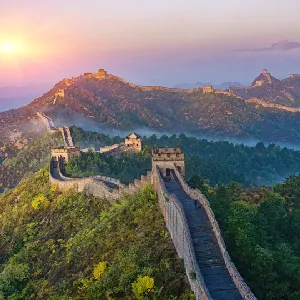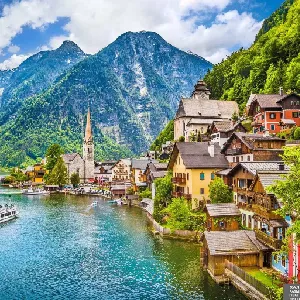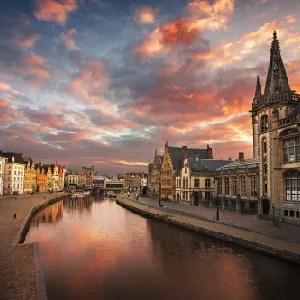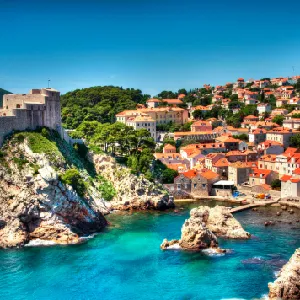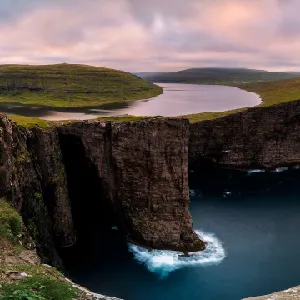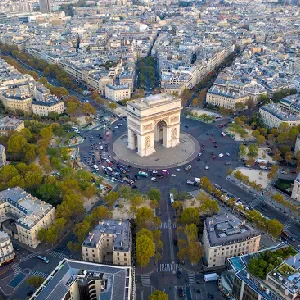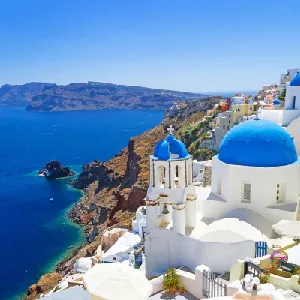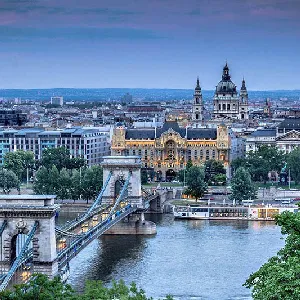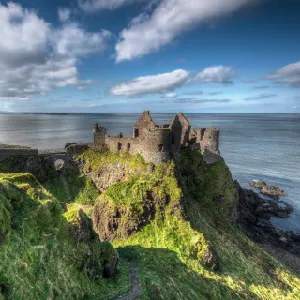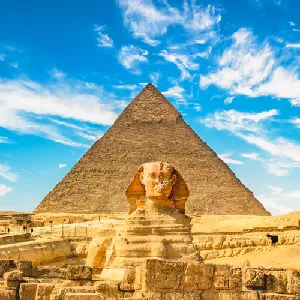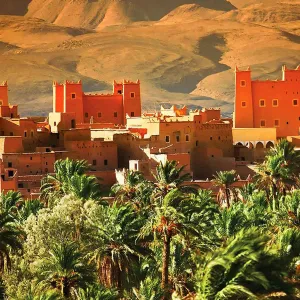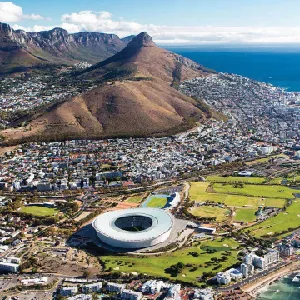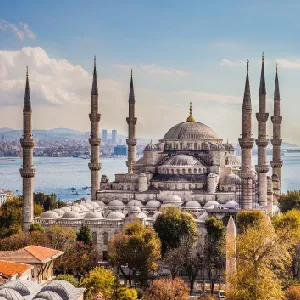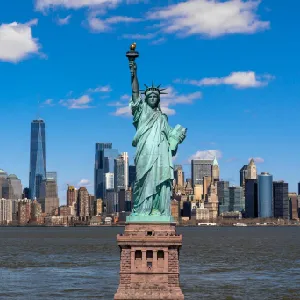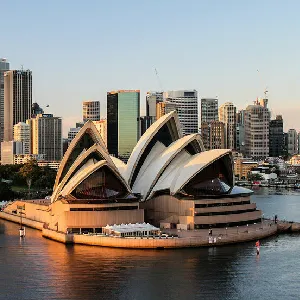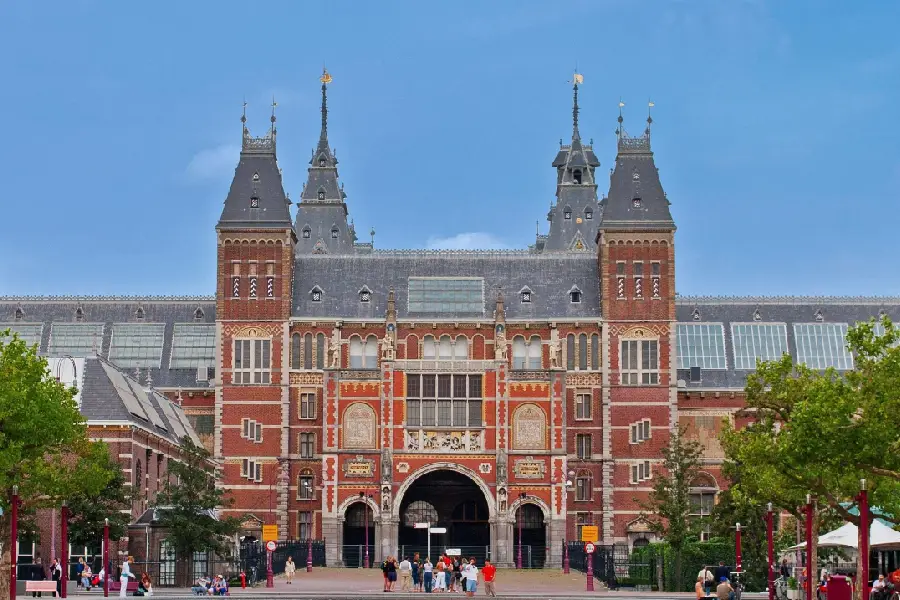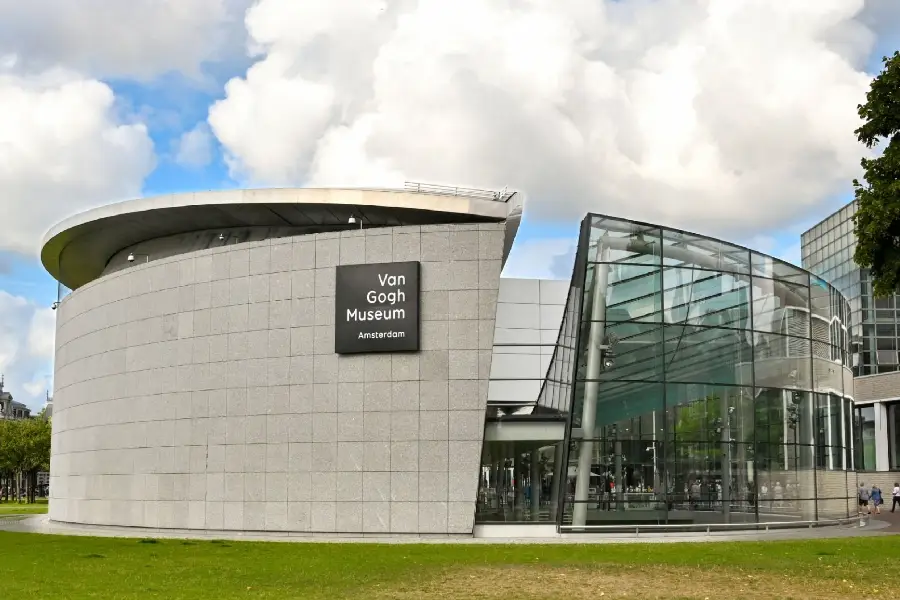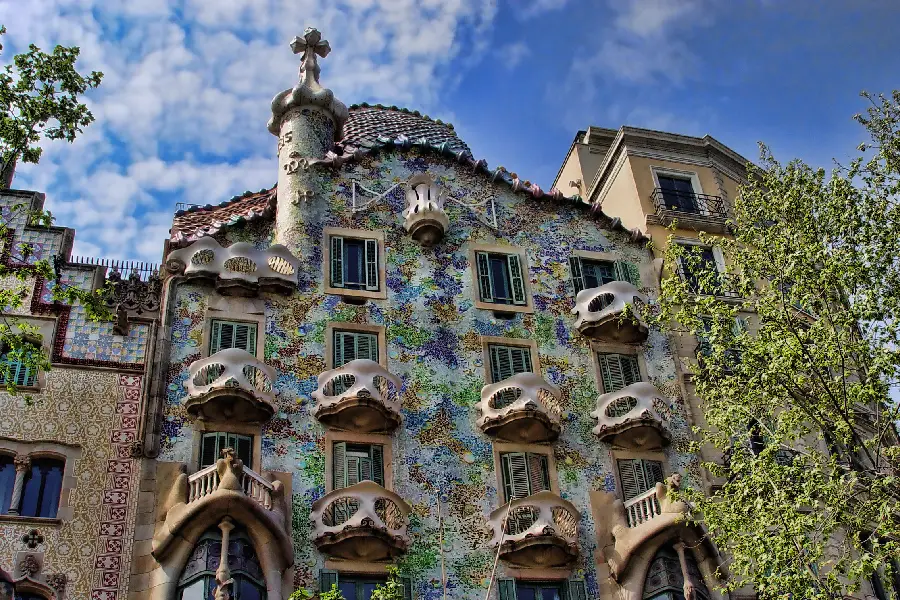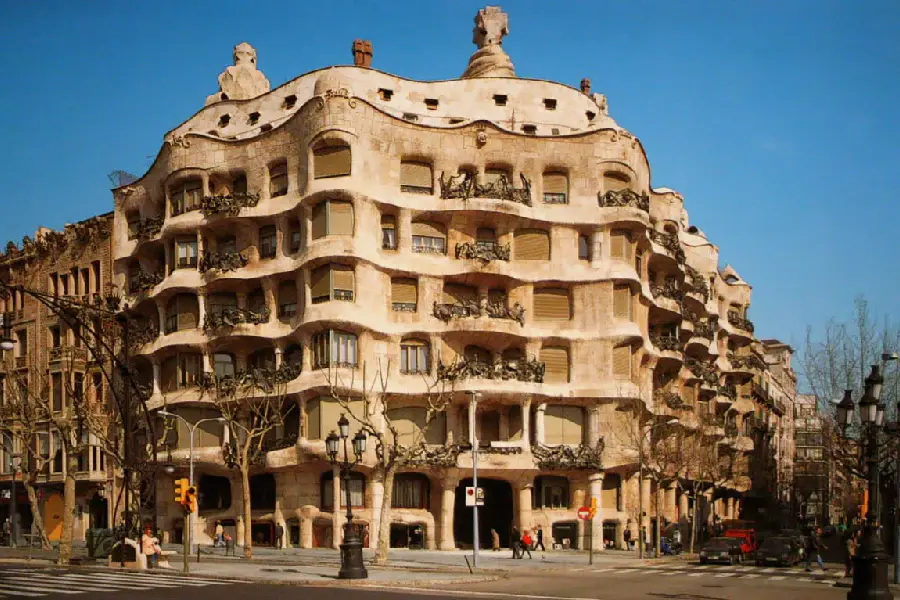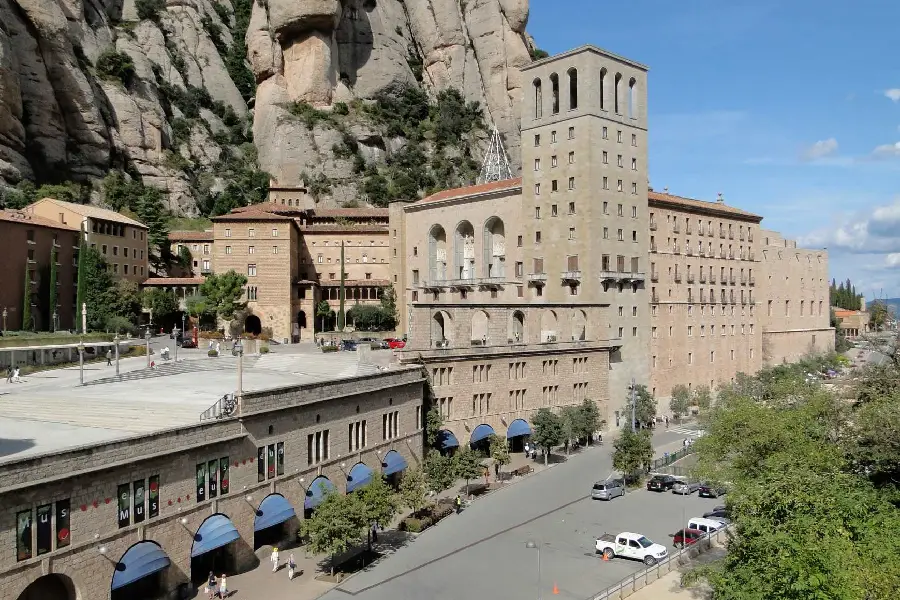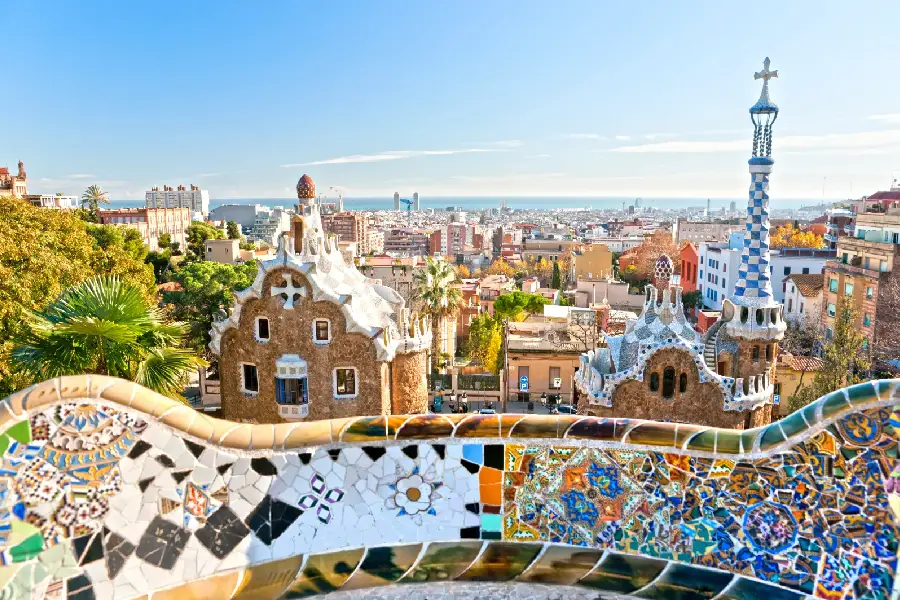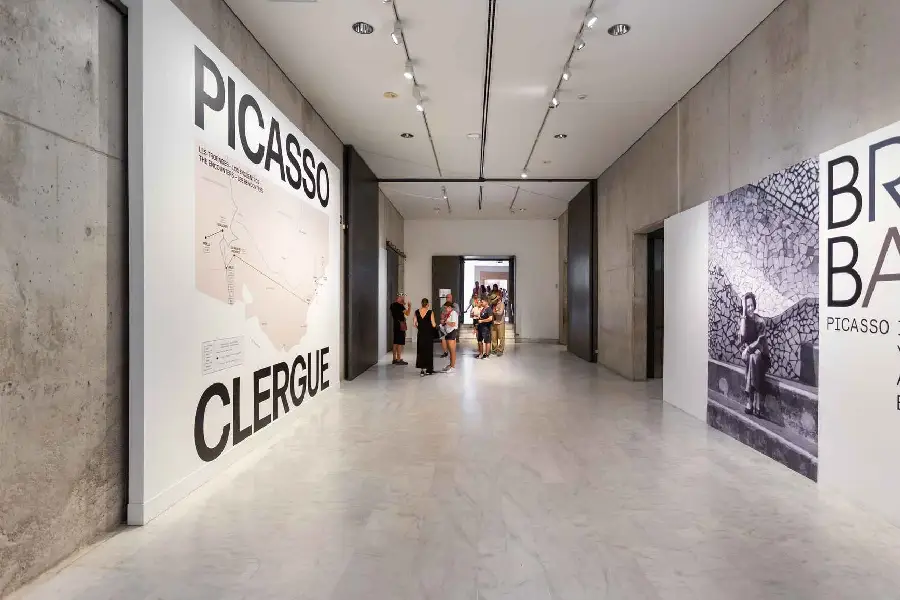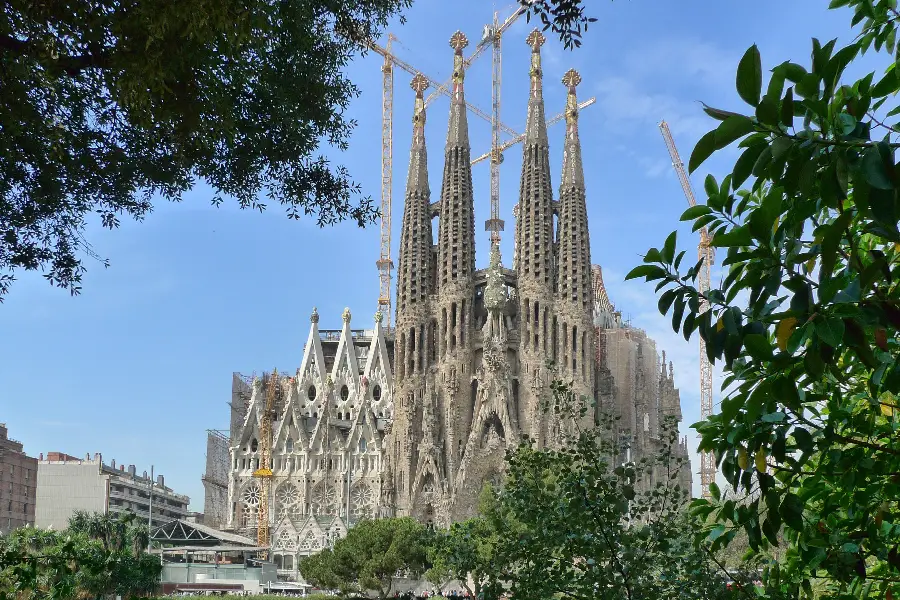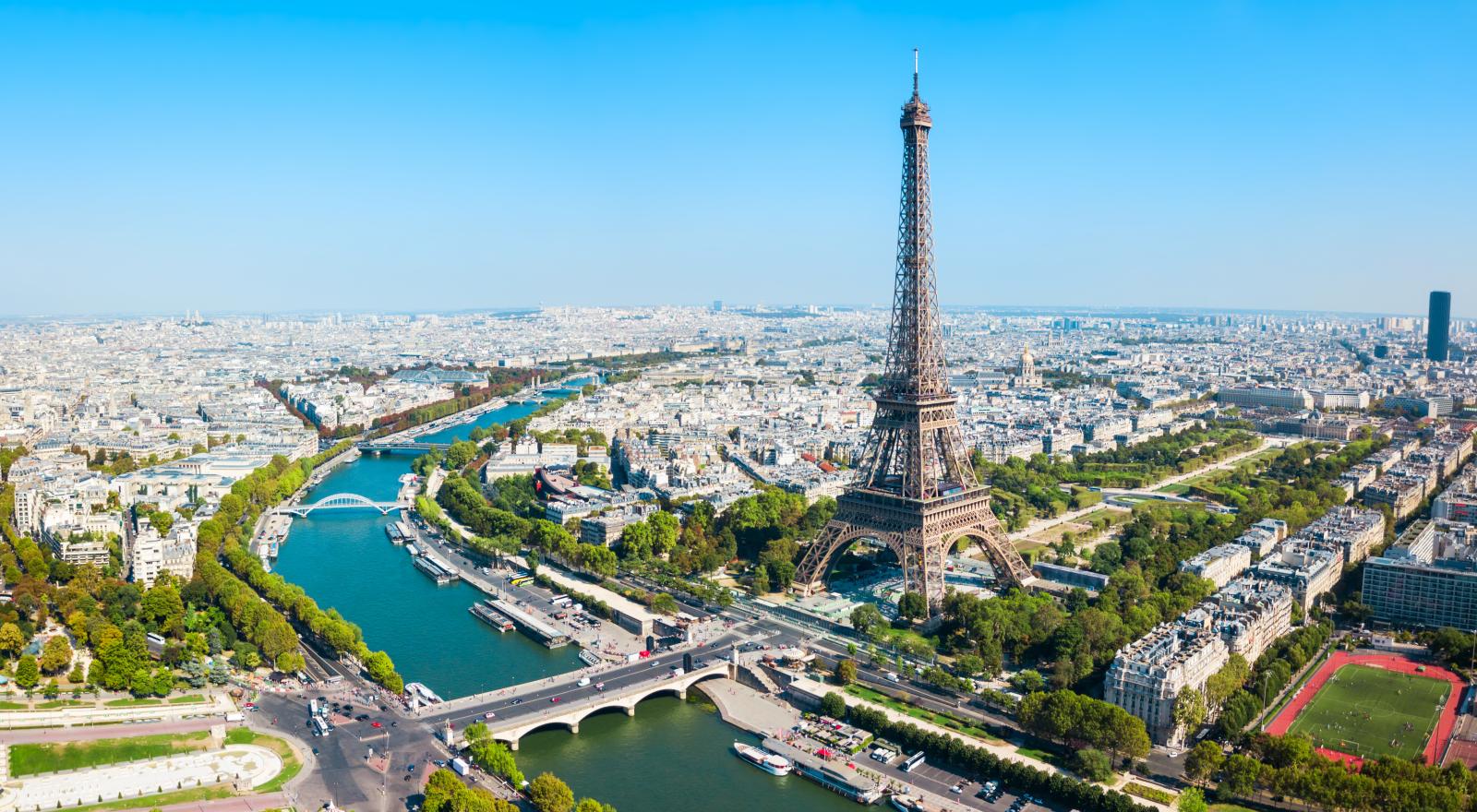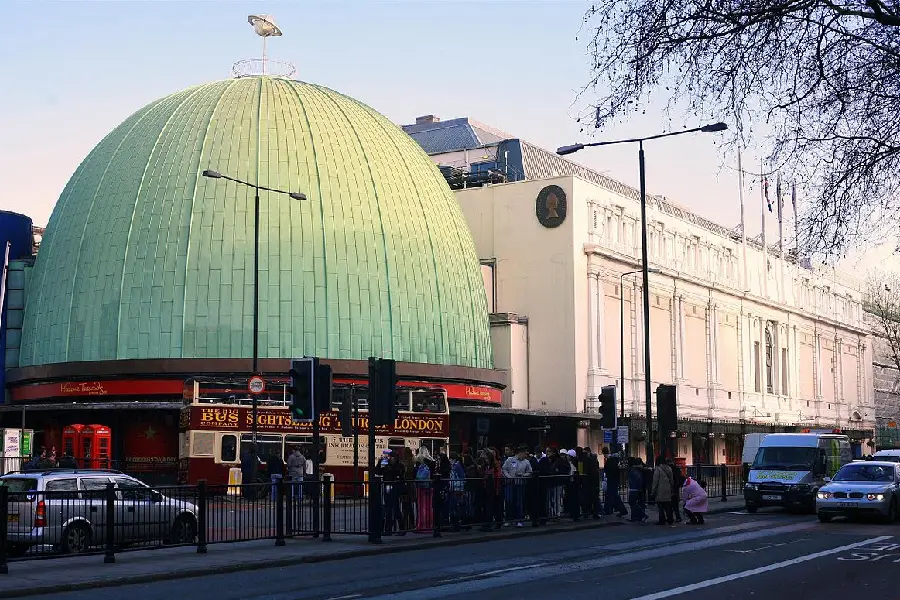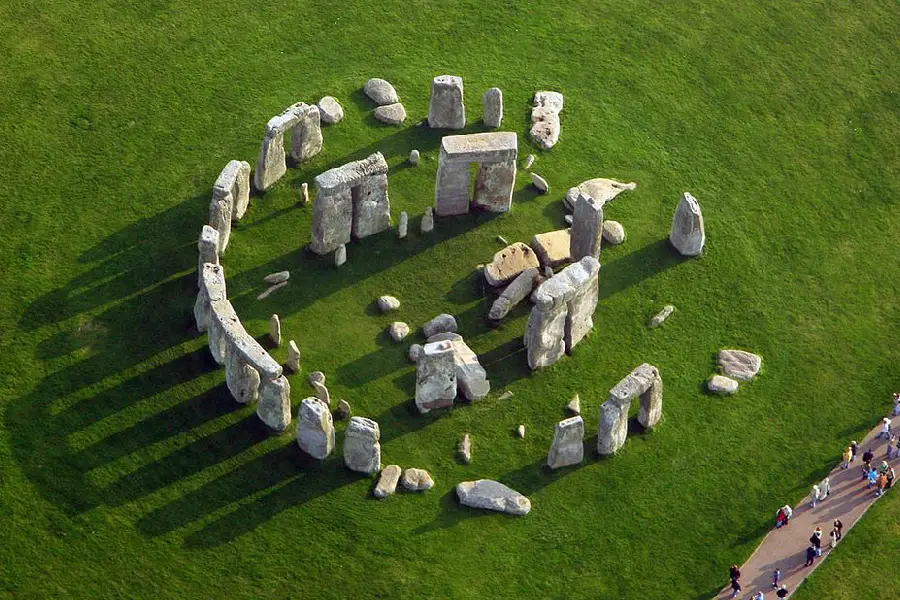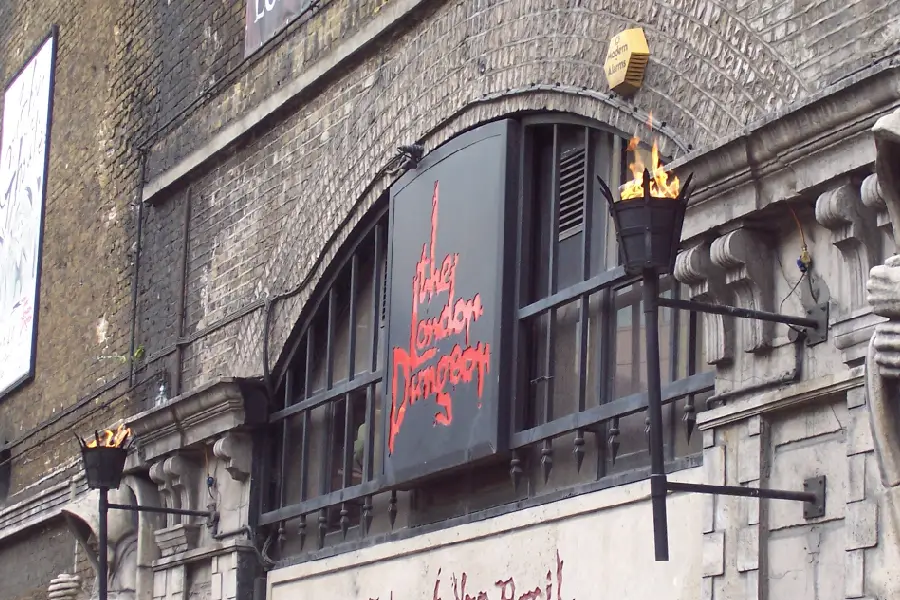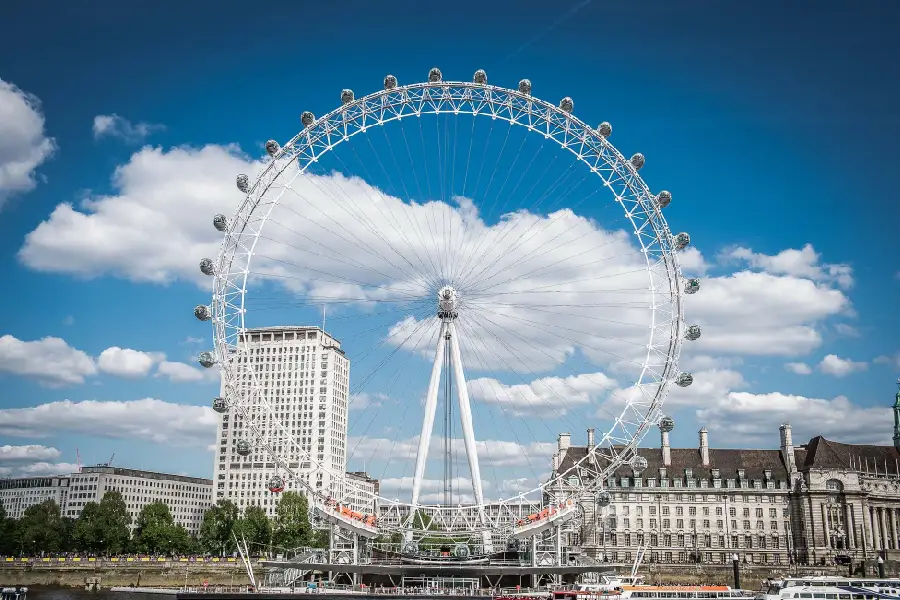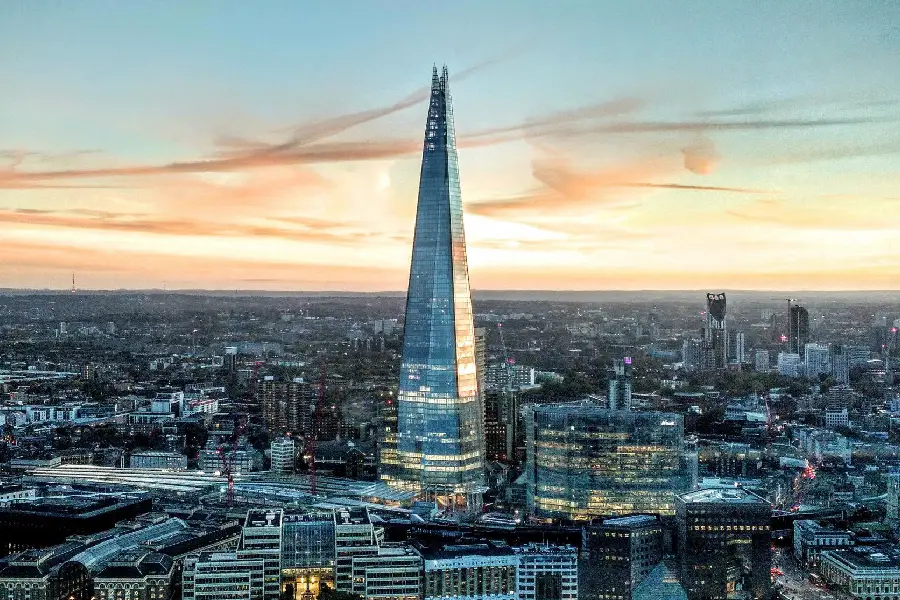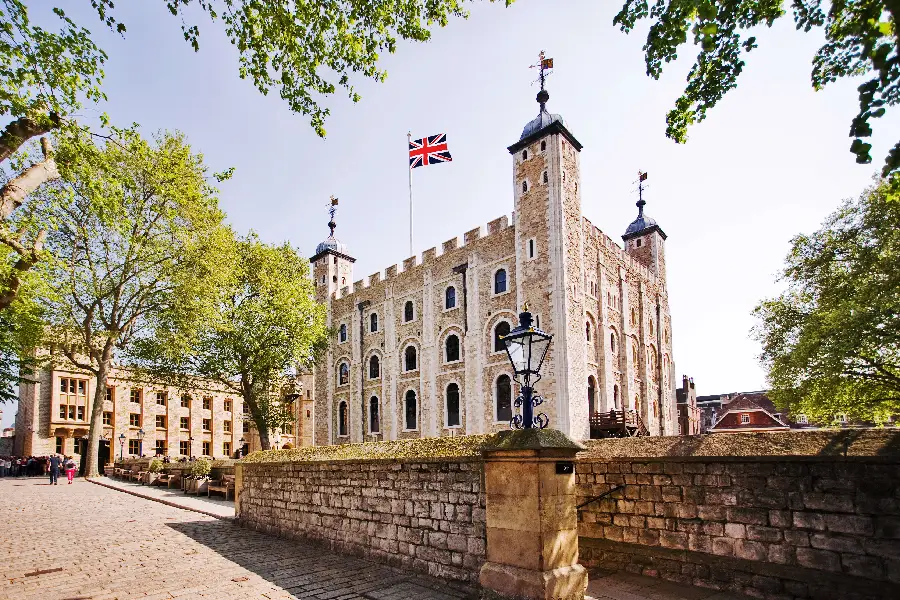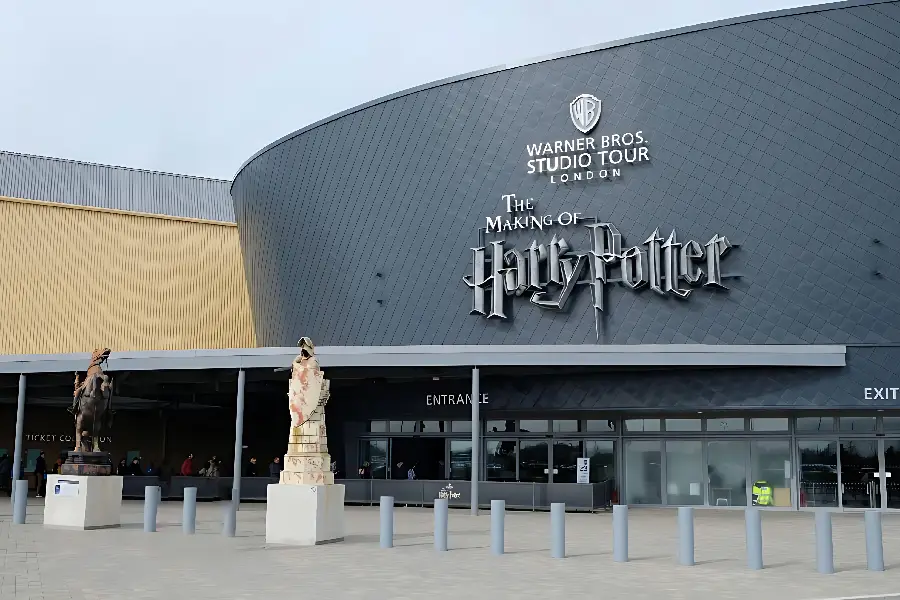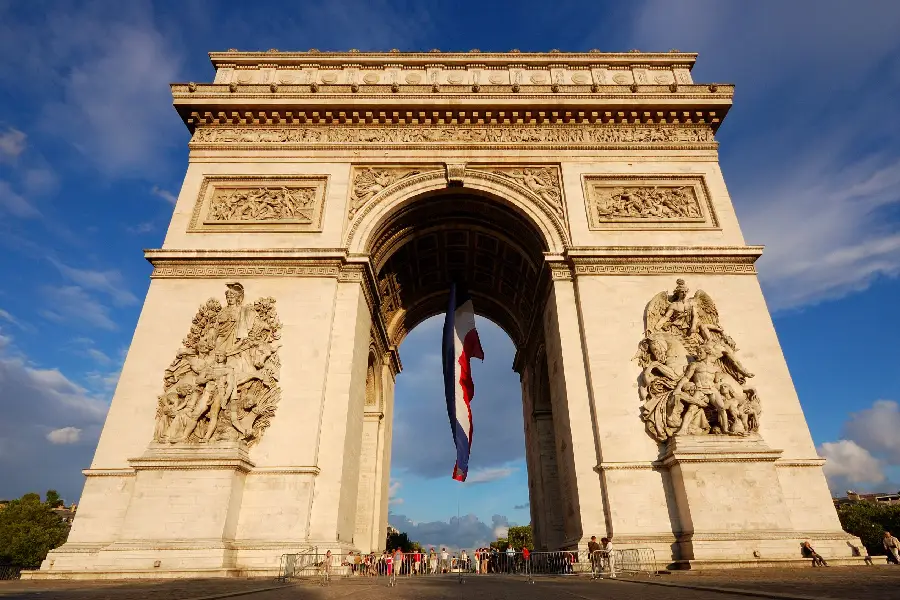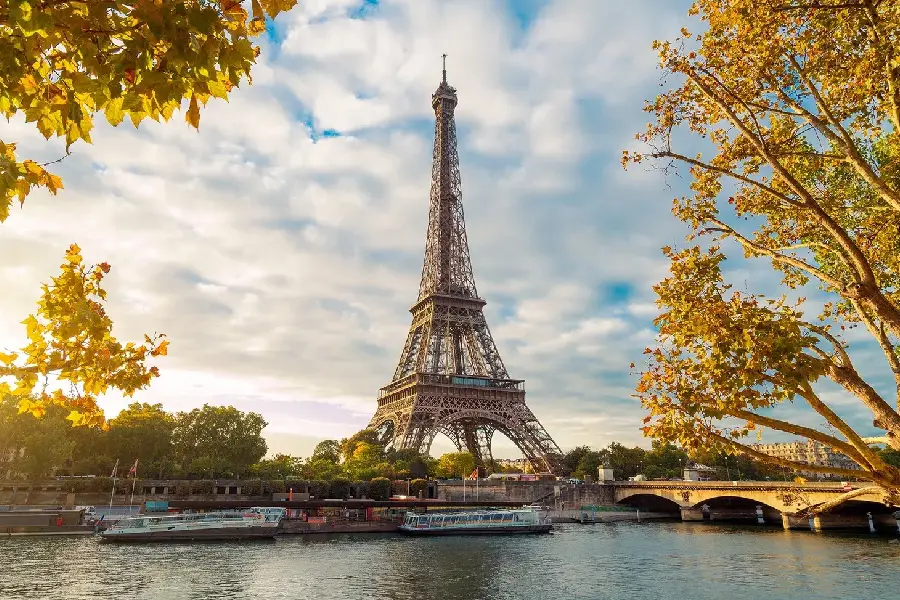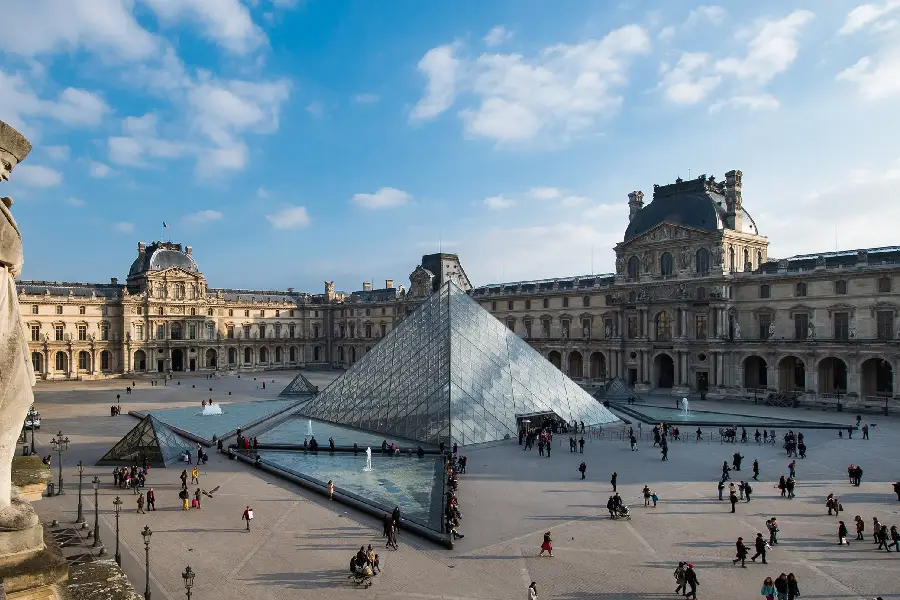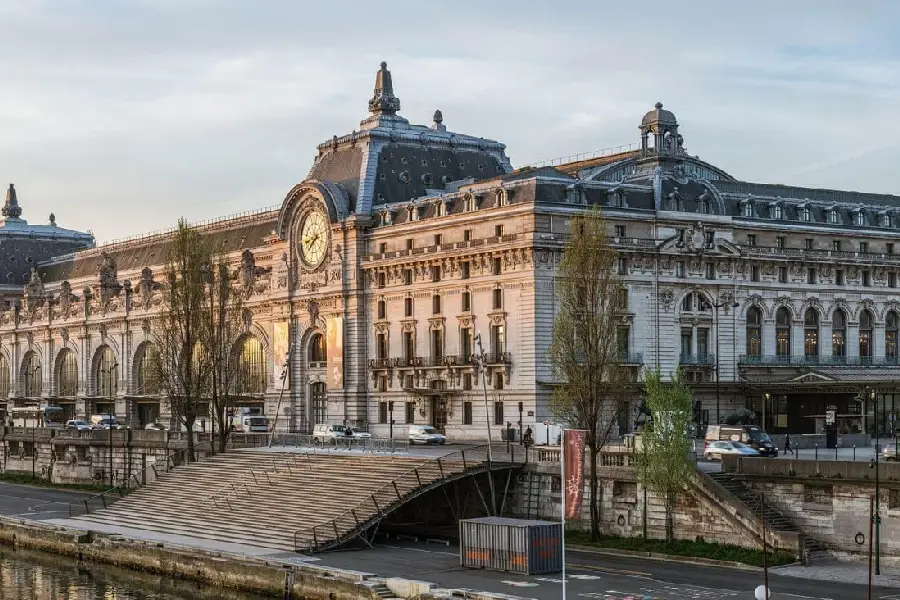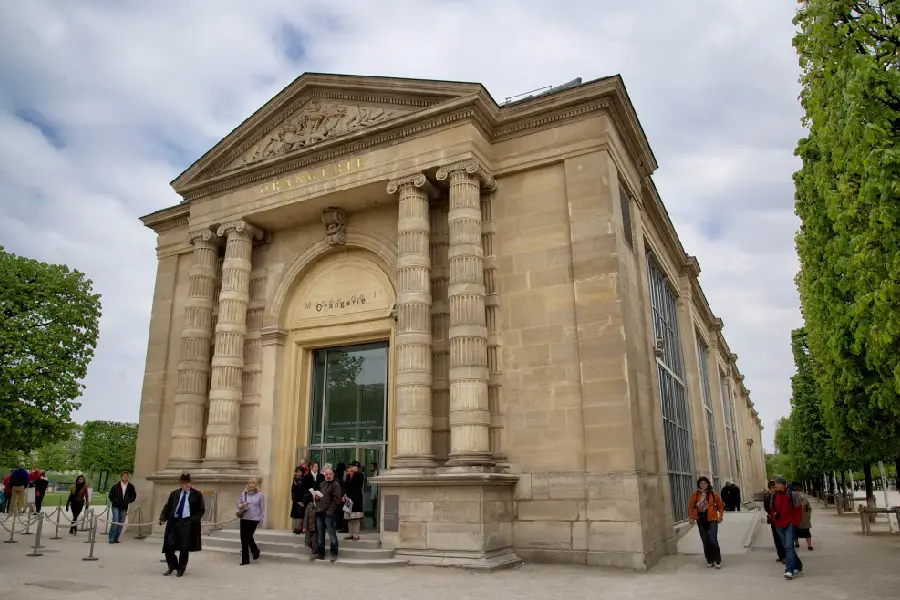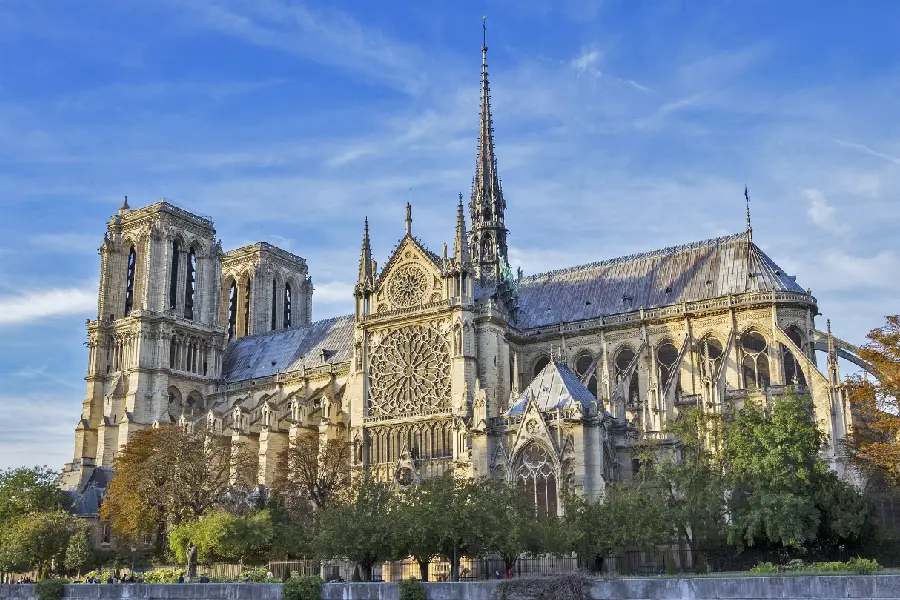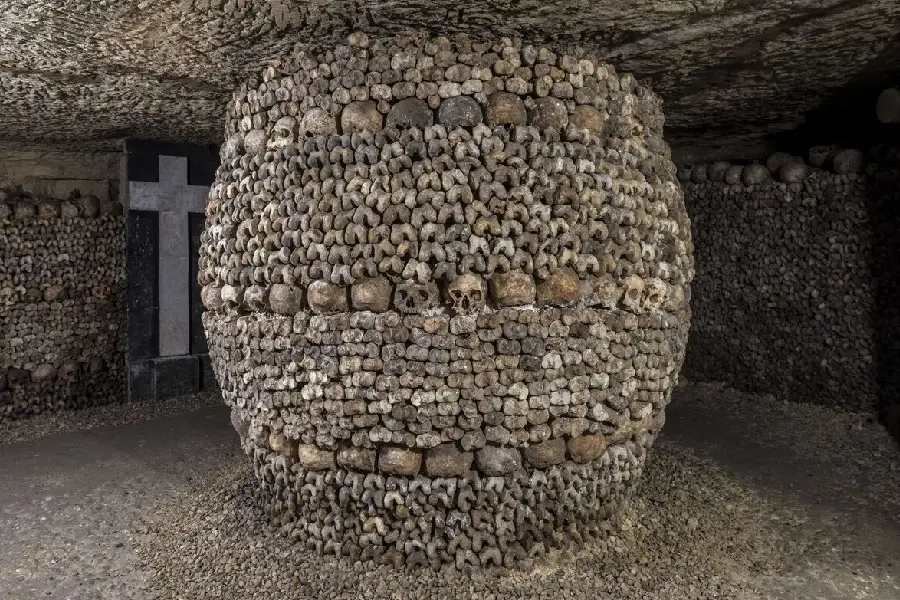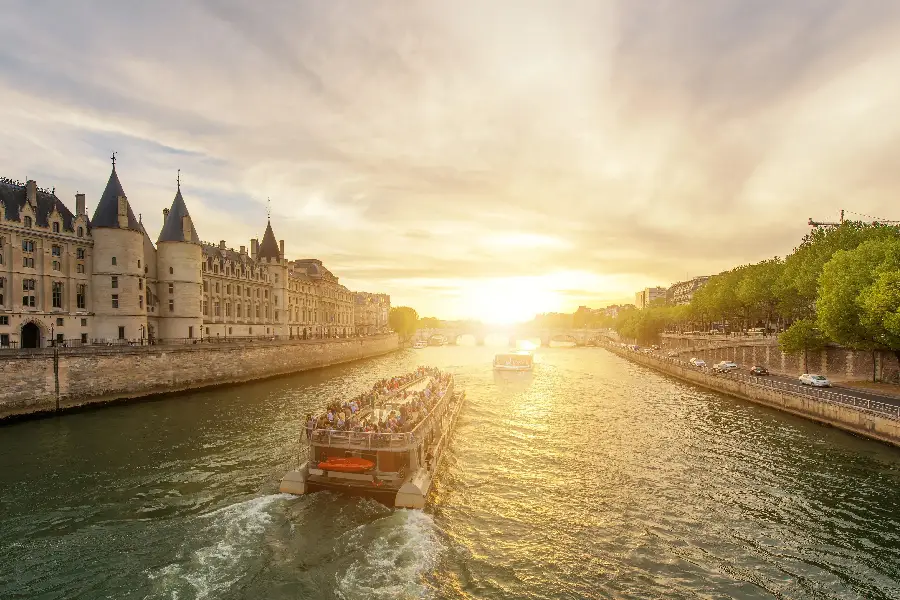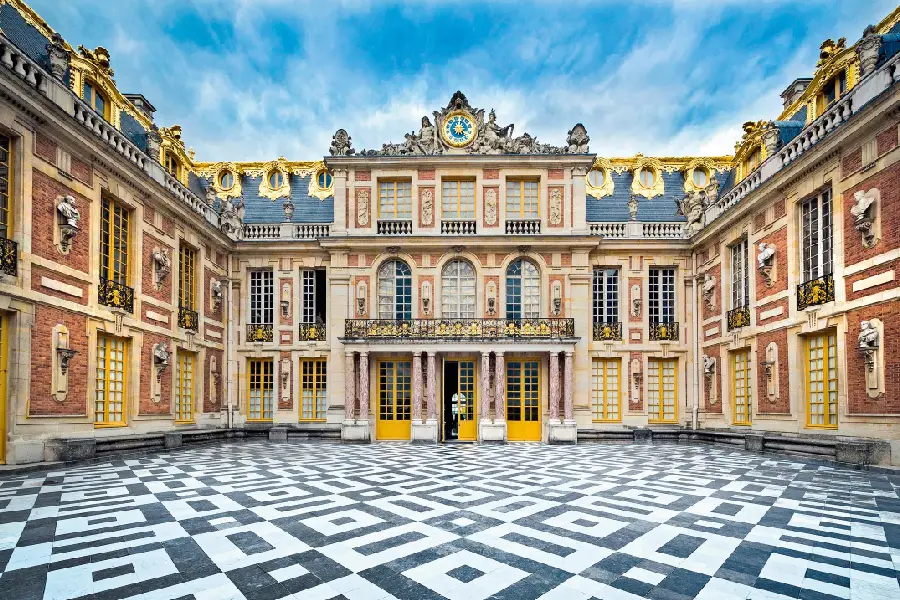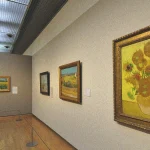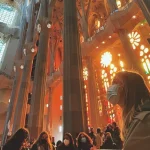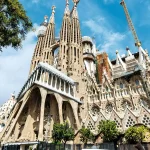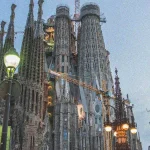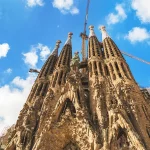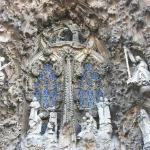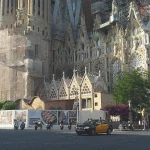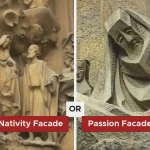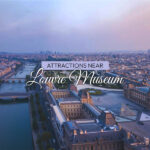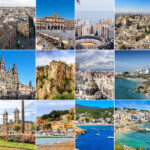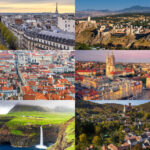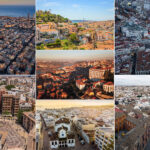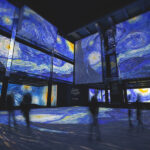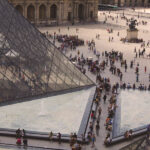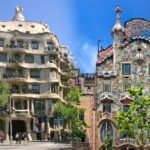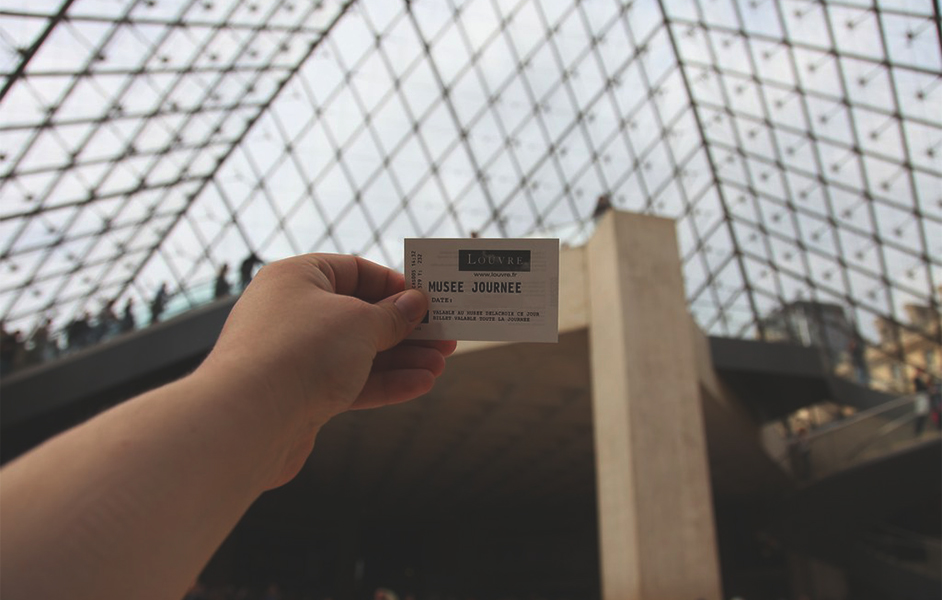The Modern Mona Lisa, painted by Leonardo da Vinci, is one of the most famous paintings in the world and an enigmatic work of art. The identity of the woman in the painting has long been a subject of debate. While many art historians believe she is la Gioconda, a woman from Florence, others suggest alternative theories.
Regardless of the identity, the painting is celebrated for its captivating and mysterious smile. Leonardo Vinci was known for his innovative techniques, and the Modernized Mona Lisa showcases some of his most notable contributions to art in the world. The use of sfumato, a technique where colours and tones blend gradually, creates a soft, seamless transition between light and shadow. The Mona Lisa’s smile, often described as elusive, adds to the painting’s intrigue.
Following the French Revolution, the Mona Lisa was moved to the Louvre Museum in Paris, where it has been on display since the museum’s opening in 1797. Its popularity soared over the years, making it one of the most famous portraits and recognised artworks globally.
The Mona Lisa has become a symbol of art and culture, and it has been referenced and parodied in various forms of media. The painting’s enigmatic smile and the mystery surrounding its subject continue to captivate art enthusiasts and the general public alike. Today, the Modern Mona Lisa remains one of the most celebrated and studied works of art, drawing millions of visitors to the Louvre Museum each year.
Where is the Modern Mona Lisa Located?

The Mona Lisa is housed in the Louvre Museum in Paris, France. Specifically, it is displayed in the Denon Wing of the museum, residing behind protective glass to ensure its preservation. The Louvre is one of the world’s largest and most visited museums, and the Mona Lisa, painted by Leonardo da Vinci, is one of its most iconic and celebrated artworks.
Who painted the Mona Lisa?
The Mona Lisa was painted by the Italian Renaissance artist Leonardo da Vinci. Leonardo began working on the painting in the early 16th century, and it is considered one of his masterpieces. The Mona Lisa is renowned for its artistic qualities, including the subject’s enigmatic smile and the use of sfumato, a technique that creates a soft, blurred effect. Today, the painting is displayed in the Louvre Museum in Paris, France.
When was the Mona Lisa Painted?
Leonardo da Vinci began working on the Modern Mona Lisa in the early 16th century, specifically around the year 1503. The best-known painting is believed to have been completed sometime between 1503 and 1506, although some art historians suggest that Leonardo continued to work on it until around 1517. The exact dates of the painting process are not precisely documented, as Leonardo was known for being meticulous and often took extended periods to complete his works of art.
How much is the Mona Lisa worth
Determining the exact value of the Modern Mona Lisa is challenging, as it is considered priceless and is not available for sale. The painting is housed in the Louvre Museum in Paris, and it is one of the most famous and valuable works of art in the world. The Mona Lisa’s value is primarily attributed to its historical significance, artistic mastery, and cultural importance rather than being assigned a specific monetary worth. It remains an invaluable piece of art and a symbol of artistic achievement.
In 1962, Leonardo da Vinci’s Mona Lisa achieved a remarkable insurance valuation of 100 million, which was acknowledged by Guinness World Records as the highest for any painting. Accounting for inflation, this valuation would translate to approximately $970 million in 2022. Fast forward to 2023, and the insurance appraisal for the iconic masterpiece has soared, now standing at an impressive $1 billion.
This substantial increase underscores not only the enduring cultural and artistic significance of the Mona Lisa but also the evolving economic landscape and the escalating value attributed to renowned works of art over the years. The painting’s astronomical insurance valuation reflects its unparalleled status in the art world and its continued allure for collectors and enthusiasts alike.
Why is the Mona Lisa so famous?
Things you didn’t know about The Modern Mona Lisa is famous for several reasons:
1. Artistic Mastery: Painted by the Italian Renaissance artist Leonardo da Vinci, the Mona Lisa is celebrated for its exquisite artistic qualities. Leonardo’s use of sfumato, a technique that creates a soft and blurred effect, and the enigmatic expression on the subject’s face contribute to the painting’s allure.
2. Enigmatic Smile: The subject of the painting, believed to be Lisa Gherardini, has a mysterious and captivating smile that has intrigued viewers for centuries. The ambiguity of her expression adds to the painting’s intrigue.
3. Cultural Icon: The Mona Lisa has become a symbol of art and culture, recognized worldwide. Its image is frequently reproduced, making it one of the most iconic and easily recognizable paintings.
4. Theft and Recovery: In 1911, the Mona Lisa was stolen from the Louvre, which garnered widespread attention. The painting was recovered in 1914, and the incident only served to increase its fame.
5. Louvre Museum: Housed in the Louvre Museum in Paris, the Mona Lisa benefits from being displayed in one of the world’s most renowned art institutions, attracting millions of visitors each year.
6. Historical Significance: The painting is considered a masterpiece of the Renaissance period, and its historical significance adds to its prestige.
7. Mystery and Speculation: Various theories and speculations surrounding the identity of the subject and the meaning behind the painting have fueled public interest and fascination.
Combined, these factors have elevated the Mona Lisa to the status of an art icon, ensuring its enduring fame and cultural impact.
Evolution of the Masterpiece:
While everyone is familiar with the classic Mona Lisa, not many are aware of the existence of a modern reinterpretation by contemporary artists. This rendition, often referred to as The Modern Mona Lisa, is a testament to the enduring influence of da Vinci’s famous original work. Various artists, inspired by the enigmatic smile and captivating gaze of the iconic painting, have created their interpretations, blending classical artistry with modern techniques.
One notable example is the digital artist Ron English, who reimagined the Mona Lisa in a pop-surrealist style. This evolution showcases the painting’s adaptability across different artistic movements and mediums, highlighting its continued relevance in the contemporary art scene.
Interactive Art Installations:
In recent years, The Modern Mona Lisa Painting has transcended traditional canvases and entered the realm of interactive art installations. These installations leverage cutting-edge technology, allowing viewers to engage with the artwork in ways unimaginable during da Vinci’s time. One such installation incorporates augmented reality, enabling visitors to interact with a virtual version of the painting, revealing hidden details and unlocking layers of symbolism.
The fusion of technology and art in these installations not only breathes new life into the centuries-old masterpiece but also provides a unique and immersive experience for audiences, bridging the gap between the past and the present.
Cryptic Symbolism Unveiled:
da Vinci was a man renowned for infusing his works with layers of symbolism and hidden meanings. The Modern Mona Lisa, in its various reinterpretations, continues this tradition by incorporating contemporary symbols and messages. Artists often embed cryptic references to current events, societal issues, or personal narratives within their versions of the iconic portrait.
These hidden elements invite viewers to delve deeper into the artwork, sparking conversations and interpretations that extend beyond the visual aesthetics. The Modern Mona Lisa thus becomes a dynamic canvas for artists to express their perspectives on the complexities of the modern world.
Global Collaborative Art Projects
The Internet age has facilitated unprecedented collaboration among artists worldwide. One remarkable development surrounding The Modern Mona Lisa is the emergence of global collaborative art projects. Artists from different corners of the globe come together to contribute their unique styles and perspectives to a collective reinterpretation of the iconic portrait.
These collaborative endeavours not only celebrate the universality of art but also emphasize the interconnectedness of the global creative community. The resulting amalgamation of diverse artistic voices produces a tapestry of interpretations that mirrors the richness and diversity of the contemporary art landscape.
Digital Ownership and NFTs
The advent of blockchain technology has introduced a groundbreaking shift in the art world, with The Modern Mona Lisa becoming a focal point for discussions on digital ownership and non-fungible tokens (NFTs). Several artists have embraced this technological revolution by tokenizing their reinterpretations of masterpieces, allowing collectors to own a unique piece of digital art securely stored on the blockchain.
This intersection of classical art and blockchain technology challenges traditional notions of ownership and authenticity, paving the way for a new era in the art market. The Modern Mona Lisa, in its digital form, becomes a symbol of the evolving landscape where art and technology converge.
FAQ:
What are some lesser-known facts about the Mona Lisa?
The Portrait of Lisa was stolen in 1911, and during its absence from the Louvre, it gained more fame. Also, the subject’s identity and the reason behind her smile have been subjects of speculation.
Why is the Mona Lisa’s smile considered mysterious?
Leonardo da Vinci’s use of sfumato, a technique that creates a soft and blurred effect, contributes to the enigmatic nature of the Mona Lisa’s smile, leaving its interpretation open to individual perception.
Can you elaborate on the historical significance of the Mona Lisa?
The Monna Lisa is a masterpiece of the Renaissance period, showcasing Leonardo da Vinci’s artistic brilliance. Its historical significance is amplified by the painting’s enduring cultural impact and its presence in the Louvre Museum.
What happened during the theft of the Mona Lisa in 1911?
The Modern Mona Lisa was stolen from the Louvre, leading to widespread public attention. The painting was recovered in 1914, and the incident significantly increased its fame.
Are there other theories about the identity of the Mona Lisa’s subject?
Yes, various theories exist regarding the identity of the subject, commonly believed to be Lisa Gherardini. Some speculate on connections to Leonardo’s apprentices or other women from his life, adding layers of mystery to the painting.
What happened to Louvre employee Vincenzo Peruggia?
After the art theft incident, he received a one-year prison sentence but was granted early release after serving only seven months due to deteriorating health conditions. Post World War I, Peruggia made a comeback to Paris, where he established a paint shop and remained employed there until his demise in 1925.
Conclusion
In conclusion, delving into the lesser-known aspects of the Mona Lisa by Leonardo da Vinci’s portrait unveils a fascinating tapestry of intrigue and historical significance. Beyond its renowned enigmatic smile and artistic mastery, the painting carries hidden layers of complexity. The theft and subsequent recovery in 1911 added an unexpected chapter to its storied history, propelling it further into the public eye.
The Mona Lisa’s status as a cultural icon is not merely a product of its artistic brilliance but also stems from the perpetual allure of the mysterious subject and the perpetual speculation surrounding her identity. As we continue to marvel at the Mona Lisa’s enigmatic charm, its status as a symbol of artistic achievement and cultural fascination remains firmly intact.


